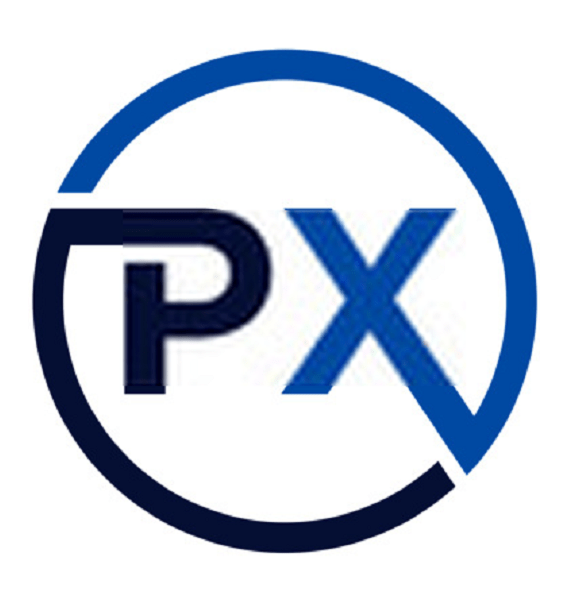Embracing Minimalist and Clean Designs
In 2023, Singaporean websites are leaning towards minimalist designs that focus on simplicity and clarity. Clean layouts with ample white space help visitors focus on key messages and improve readability.
- Use simple color palettes with neutral tones and strategic accent colors
- Incorporate plenty of whitespace to reduce visual clutter
- Prioritize essential content and remove unnecessary elements
Mobile-First and Responsive Design
With Singapore’s high mobile device usage, designing websites primarily for mobile screens continues to be a priority. Responsive design ensures seamless user experience across all devices.
- Use flexible grid layouts that adapt smoothly to different screen sizes
- Optimize buttons and touch areas for mobile users
- Test websites extensively on smartphones and tablets
Dark Mode and Customisable Themes
Dark mode has grown in popularity in Singapore’s digital scene due to its modern look and energy-saving benefits on OLED screens. Offering theme customization enhances user experience.
- Provide toggle options for light and dark modes
- Use contrast carefully to maintain readability in dark themes
- Allow users to personalize their viewing experience where possible
Micro-Interactions and Animations
Subtle animations and micro-interactions improve engagement without overwhelming users. These effects provide feedback and make websites feel dynamic and interactive.
- Use hover effects on buttons and links
- Include animated loading indicators and progress bars
- Employ smooth transitions between sections or pages
Bold Typography and Custom Fonts
Unique, bold typography helps brands stand out in Singapore’s competitive market. Custom fonts add personality and improve brand recognition.
- Use large, eye-catching headlines
- Combine different font weights and styles for hierarchy
- Ensure fonts are legible across devices and screen sizes
Sustainable and Eco-Friendly Web Design
As sustainability gains attention in Singapore, websites reflecting eco-friendly values are becoming trendy. This includes optimizing for energy efficiency and encouraging conscious user behaviour.
- Optimize images and media to reduce data usage
- Design for fast loading to minimize energy consumption
- Highlight sustainable practices and green initiatives in content
Voice User Interface (VUI) Integration
Voice search and commands are becoming more common in Singapore, especially with smart home devices. Integrating voice capabilities into websites enhances accessibility.
- Design voice-friendly navigation and commands
- Include clear prompts and responses for voice interactions
- Optimize content for voice search queries
Accessibility as a Priority
Inclusive design that caters to users with disabilities is gaining focus in Singapore. Accessibility not only broadens your audience but also complies with legal standards.
- Ensure keyboard navigation and screen reader compatibility
- Use appropriate color contrast and text sizing
- Provide alternative text for images and multimedia
Use of 3D Elements and Immersive Experiences
3D graphics and immersive web experiences create engaging storytelling opportunities. Singapore brands are experimenting with these to differentiate their digital presence.
- Incorporate lightweight 3D models and animations
- Use interactive product visualizations
- Balance visual richness with site performance
Conclusion: Staying Ahead with 2023 Web Design Trends in Singapore
To succeed in Singapore’s digital market, businesses should adopt these web design trends that emphasize usability, interactivity, and sustainability. Combining modern aesthetics with functional design creates memorable online experiences that resonate with Singaporean users.


